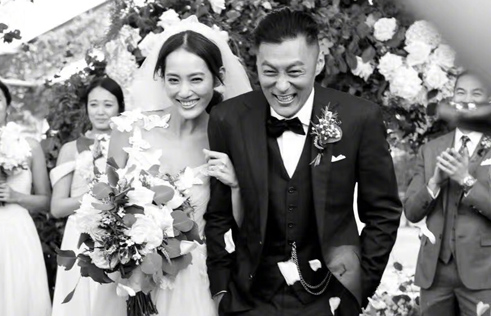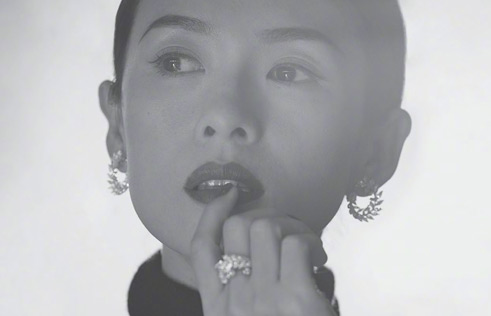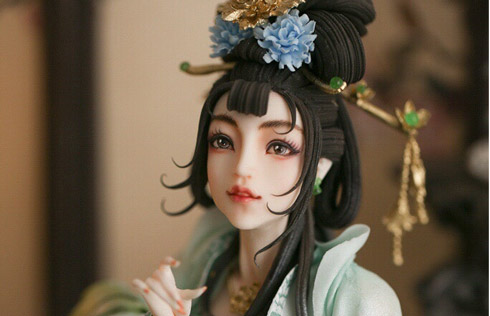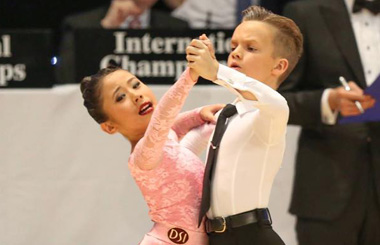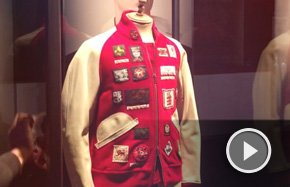Sichuan Opera
Year: 2006
Sort: Traditional Opera
Area: Chongqing, Sichuan
Serial No.: Ⅳ-12
Declarer: Sichuan province; Chongqing municipality
A renowned local opera mainly prevalent in Southwestern China's Sichuan, Yunnan, Guizhou and Hubei provinces, Sichuan Opera is characterized by unique solos, refined acting, rich percussion and talented comedians, whose skills are unparalleled in the world.
The development of Sichuan Opera is intrinsically linked to the natural conditions in Sichuan. The principal agricultural products cultivated in Sichuan's extraordinarily fertile soil include rice, tea and mulberry trees, whose leaves are used in the traditional industry of raising silkworms. Rustic songs originally sung by boatmen, tea-plantation and rice-paddy workers developed into famous local folk songs, which, in a sense, can be regarded as the precursors of the province's great operatic tradition.
Main Features
Sichuan Opera features vivid, humorous narration, singing and acrobatics. It also builds a system of stylized movements and its acting is both exquisite and lively. Sichuan Opera performances are always full of wit, humor, lively dialogues and pronounced local flavors. To portray special characters, the opera incorporates a series of stunts, including the famous "face-changing." In Chinese opera, facial makeup is usually painted, but in Sichuan Opera, the performer can change his or her facial makeup in the snap of a finger right on stage.
Most Sichuan Opera repertoires are adapted from the Chinese classical novels, mythology, legends, and folk tales. Statistics show that total number of Sichuan Opera plays exceeds 2,000.
Sichuan Opera is noted for its high-pitched tunes, accompanied only by percussion instruments and choruses, without wind or stringed instruments. In addition, this spectacular theatrical presentation features bright sets and costumes, plus a combination of music, dance and acrobatics. Among China's 300 current local theater traditions, Sichuan Opera has thrived and developed throughout ages as a distinct regional art form.
The characters of Sichuan Opera are nearly the same as Peking Opera. They are divided into five roles: Sheng, Dan, Jing, Mo, and Chou. Among them, Sheng, Dan and Chou roles are the main ones. The clothes and the face making-up are also the same as Peking Opera. The clothes are made as the style of Ming Dynasty (1368-1644) and also refereed to the clothes of the previous Tang (618-907), Song (960-1279), Yuan (1271-1368) and the following Qing (1644-1911) dynasties. All the clothes are in the same style and there isn't any difference about the dynasty, the area or the seasons.
Its special characteristic -- one that distinguishes Sichuan Opera from other theatrical traditions -- is its immense vitality and dynamic performances that always strive to bring out an individual's artistic abilities into play to ensure fresh material, variety and creativity. In part due to its intimate connection to a lively treasury of folk songs, Sichuan Opera reveals an extraordinary flexibility and vitality of expression in its music and movements.
Changing Faces
One of the most fascinating, artistic charms of Sichuan Opera is "face-changing", which is achieved by quickly tearing off, rubbing, or blowing away a mask to reveal another.
The performer prepares many special masks in advance made of gauze and elastic materials, such as sheep embryo membranes and rubber. After the masks are painted with different designs and assembled with a special transparent thread, they are pasted onto the performer's face.
The special masks for "changing faces" must be made to fit the performer's face to ensure that they are pasted as close as possible to the skin. Previously, the masks were discarded after a performance, but today they can be recycled with some minor repairs.



